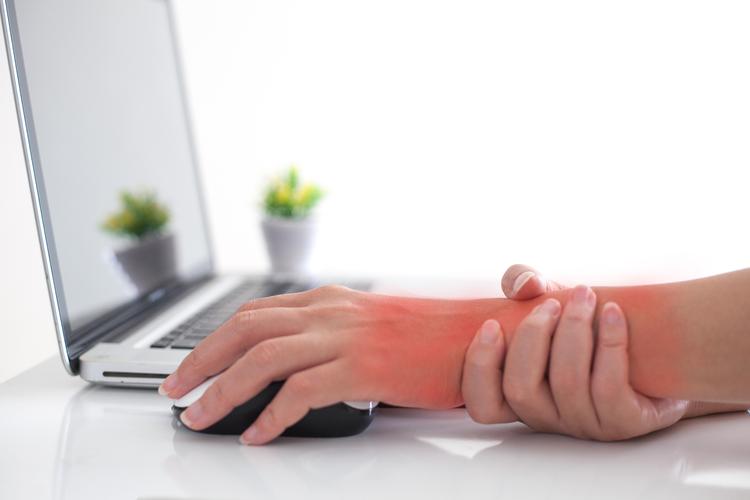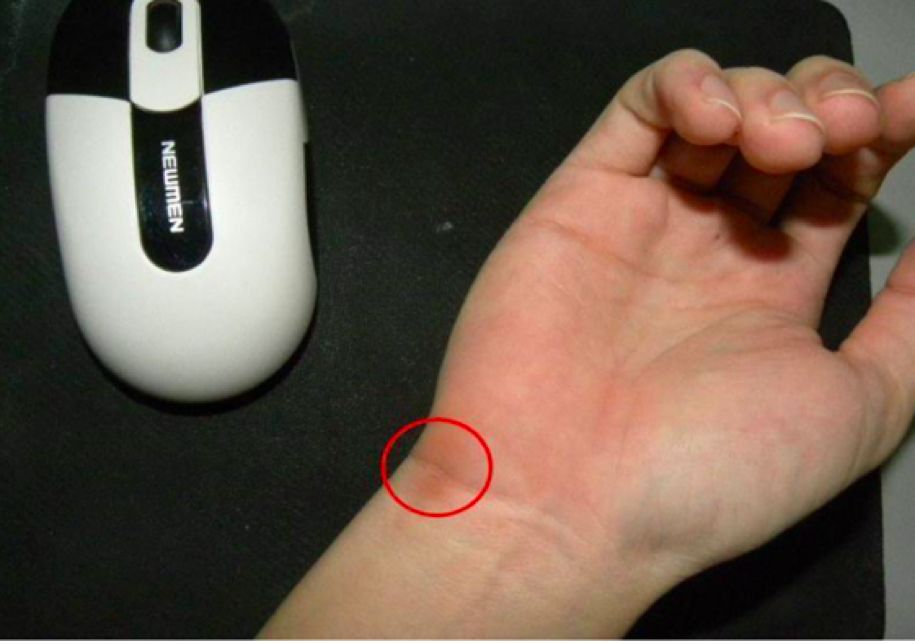Whether you are an office worker who faces the computer every day or a person who loves to play computer games, after using the computer for a long time, your hand must feel vaguely uncomfortable, right? This is because you hold the mouse for a long time. In this digitalized era, computers and cell phones have become almost a necessity in our lives, just like air and water. However, whenever we are immersed in the excitement of the virtual world, our hands are silently under tremendous pressure. The repetitive keystrokes and mouse movements make the wrist joints like never-ending dancers, rotating and jumping between the keyboard and the mouse over and over again.

Have you ever noticed that when your wrist stays in the same position for a long time, or when it is overactive, an invisible killer called "mouse hand" may be creeping up on you? The name "mouse hand" may sound a bit playful, but in fact, what lies behind it is the medical term "carpal tunnel syndrome". Imagine the inside of your wrist as a busy street, with the median nerve and blood vessels as its key residents. However, when you use a computer mouse for long periods or perform strenuous hand work, the street becomes overcrowded and the median nerve and blood vessels are squeezed to the point where they can't breathe. This squeezing can lead to a series of symptoms: the radial side of your thumb, index, middle and ring fingers may feel numb and tingly as if gently touched by an electric current; your hand may feel sore and uncomfortable as if it is being gripped by an invisible force; and in more serious cases, you may find that the motor function of your hand is affected, as if you have lost the flexibility and ease of movement you used to have.

Although the name "mouse hand" sounds like it is only associated with those "close lovers" of the keyboard and mouse in front of the computer, in reality, it is not just for this group of people. People who make repetitive hand movements day in and day out, or who have structural abnormalities in their wrists due to certain pathologies, can be potential victims of "mouse hand". You don't just "dance" your wrists when you use a computer; there are many scenarios in life that require us to use our hands frequently. When cooking, you repeatedly turn the spatula, and wrist under constant pressure; hold your favourite child, and you gently shake, your wrist in the silent silent play. These seemingly ordinary actions, in fact, inadvertently increase the risk of suffering from "mouse hand". And it's not just an office worker's disease. Orchestral instrumentalists, every jump of their fingertips, every turn of the wrist, may lead to "mouse hand" quietly; teachers, they write long hours on the board, fingers fluttering on the blackboard, the wrist is also unknowingly tired; editors, they work day and night to play the keyboard, for the text to give life, but the wrist! are also under tremendous pressure.
Now, let's do a simple self-check to see if you might be experiencing a "sneak attack" of carpal tunnel syndrome. First, place the backs of your hands against each other as if you were playing a silent game of "palms to palms". Next, gently bend your wrists inward to form an angle of approximately 90°. Remember to hold this position for some time, about 60 seconds. If you experience numbness, pain, or other unusual sensations in certain areas of your fingers, this may be a warning sign that you may be suffering from carpal tunnel syndrome.

Avoid prolonged and continuous use of computers, cell phones or other devices that require frequent operation of the hand. You can set timed reminders to get up and move your wrist every so often and do some simple stretching exercises to relieve the tension in your wrist. A physiotherapist can develop a series of targeted treatment programs based on your specific condition, such as manual massage, hot compresses, cold compresses, ultrasound, etc., to reduce pain and inflammation in the wrist.





